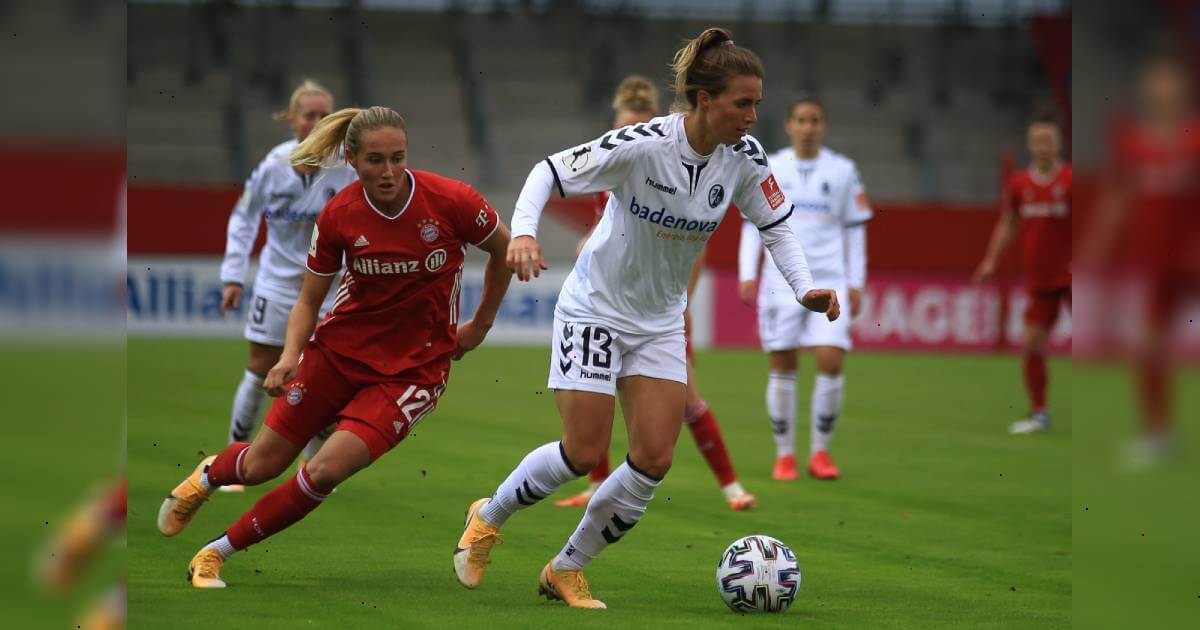
A New Licensing Playbook for Women’s Sports
Women’s sports are making a play for licensing in a big way.
The WNBA posted a 19% increase in viewership compared to 2021—the largest increase in 15 years. And the 2022 Union of European Football Association (UEFA) Women’s Euro Tournament set a record for single game attendance (to the tune of 87,182) for the Germany-England championship match on July 31.
There was also a 30% increase in sponsorship deals this year, with the Ladies Professional Golf Association leading the way with more than 1,000 brand partnerships, according to the research firm Sponsor United.
With this heightened awareness comes clear signs that licensing—largely limited so far to team jerseys and other apparel—is expanding. For example, Dick’s Sporting Goods launched online and in stores with WNBA team jerseys, basketballs, and footwear, including an Adidas model co-branded with former Los Angeles Sparks star Candace Parker. Print-on-demand supplier BreakingT, which produces “in the moment” apparel, signed a licensing agreement with the National Women’s Soccer League (NWSL) earlier this year, landing its first professional league deal with “4 Stars Only” and “Bet on Women” being among the top sellers thus far.
There are also discussions afoot to bring both plush and bedding into the mix for teams as well as their mascots. And these efforts are on top of name, image, and likeness (NIL) deals for women college athletes like the agreement struck to mark the Florida State Seminoles women’s soccer team winning the national championship (in which all players shared in royalty payments).
With so much potential for expansion, agencies are keen to help women’s sports teams secure licensing deals. OneTeam Partners represents both the WNBA and NWSL players associations, for example.
“Investment in women’s sports means more than just a cash infusion at ownership and sponsorship levels—it also means improving the fan experience. And that includes merch,” BreakingT president Jamie Mottram said.
But bringing women’s professional sports into licensing in a big way has been a long game. The WNBA and NWSL were founded in 1996 and 2012 respectively, while the UEFA women’s championship was started in 1984. For the most part, retailers have been reticent to carry licensed products for women’s leagues, believing sales would pale in comparison to those from men’s leagues. Even at stadiums and arenas, merchandise was scarce.
But with the arrival of eCommerce and women professional athletes’ substantial presence on social media, the tide has started to turn.
“It takes time and the retail community right now is nowhere near matching the demand,” said an executive at a WNBA licensee. “You are starting to see more apparel, but it needs to grow in a more meaningful way and scale on a national basis. There has been significant growth in sponsorships and media rights, but the other areas will take a little more time. In many ways, the leagues are like multi-year startups and over the last few years they have breaking through and getting on people’s radars.”
With the FIFA Women’s World Cup on the horizon in Australia/New Zealand next summer, interest in licensing is expected to increase, especially thanks to high-profile players like Alex Morgan, Trinity Rodman, and Megan Rapinoe. Also drumming up excitement is the fact that the 13-team WNBA has narrowed the field of potential expansion cities to 10, with a goal of having two teams start play by 2025.
“Will these [licensing deals] be home runs off the bat? Probably not,” said a sports licensing executive. “But we want to be there when the business solidifies. Women’s sports is the future for licensing and there is no reason it can’t be.”

















